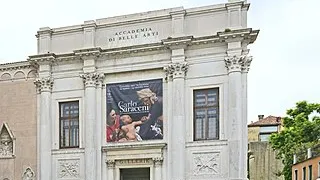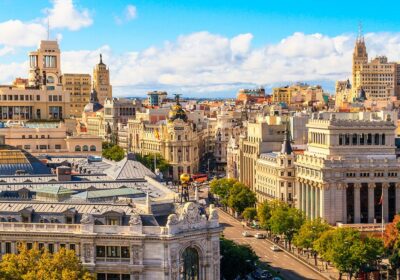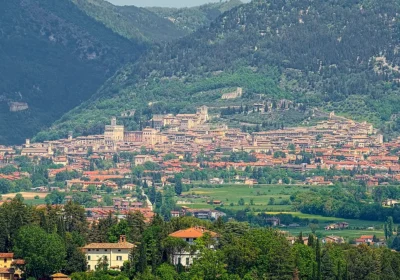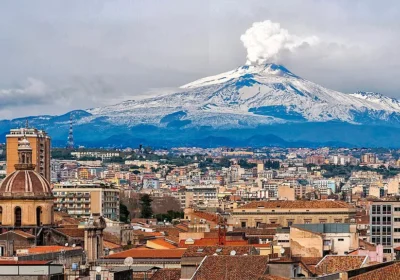For art lovers, the Academy of Fine Arts in Venice
In 1750, the painter Giovanni Piatezza proposed the creation of an academy of fine arts in Venice. At that time, the premises of the academy were located near St Mark’s Square, on the first floor of the flour market building. In 1807, by order of Emperor Napoleon I of France, the academy was given new premises and in 1817 the exposition was opened to the public for the first time.
The collection was first formed in order to give the students of the academy an adequate idea of the history of painting. For this purpose, the museum endeavoured to collect works by the greatest Italian masters and representatives of other European schools of painting.
Some paintings were taken from Venice to France under Napoleon. Later it was possible to bring them back and the paintings were added to the collection. Others were taken from Venetian churches or received as gifts from private individuals.
At the end of the 19th century it was decided to give priority to works by Venetian artists. As a result, the gallery has the largest collection of the Venetian school of painting. Some of the museum’s paintings are one-of-a-kind artefacts from monasteries destroyed during Napoleon’s subjugation of Venice.
The collection of paintings, arranged chronologically, occupies 24 rooms. Some of the gallery’s most famous paintings can be found in the first five rooms.
The most famous paintings in the Galleria dell’Accademia are:
“Madonna and Saints,” by Giovanni Bellini (Room 2)
“The Tempest,” by Giorgione (Room 5)
“Dinner at the House of Levi,” by Veronese (Room 10)
“The Transfer of the Body of St. Mark,” by Tintoretto. Mark,” by Tintoretto (Room 10)
“The Mourning of Christ,” by Titian (Room 10)
Paintings by Pietro Longhi (Room 17)
The Miracle of the Holy Cross (Room 20)
The cycle of frescoes “The Life of St. Ursula,” by Carpathian (Room 10)
The Life of St. Ursula. Carpaccio (Room 21)
Discovering this collection gives us a full understanding of the artistic style of the Venetian masters, the secrets of their craft and, importantly, reveals to us, through the paintings of the artists, the peculiarities of life in Venice in those distant times.
Open all days except Monday, 24 December, 1 January, 1 May.

















